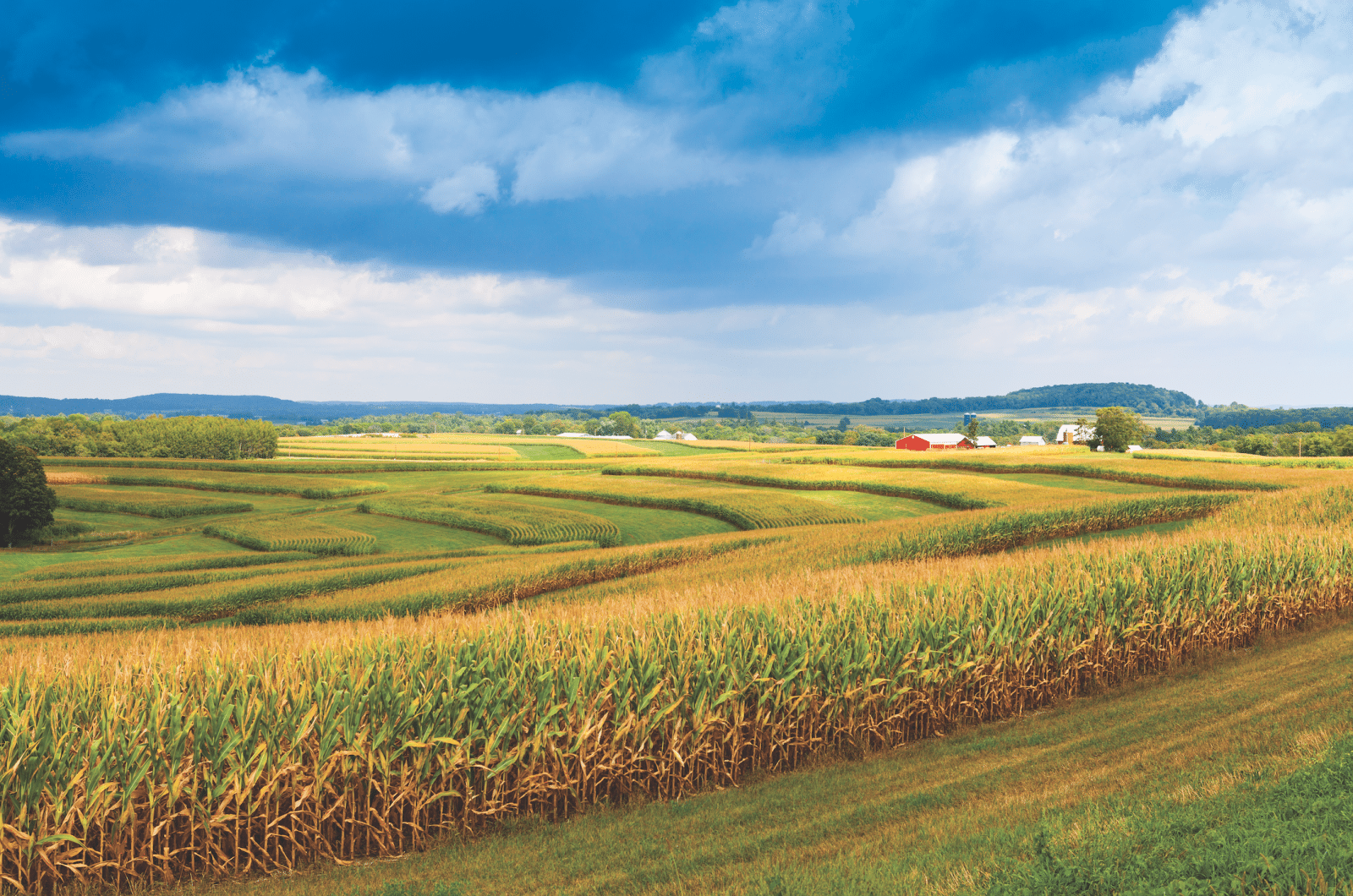Labor policies protect talent, but how do they affect your operation?
No matter what industry you’re in, be it transportation, healthcare or agribusiness, there are policies protecting employees after they’re hired. These policies allow employers to set out a standard of rules and rights that all employees have: overtime compensation, minimum wages and benefit packages depending on your status at a business.
While these policies are put in place to protect and help employees, companies need to be extremely aware of changes in these policies and how it might affect hiring processes and talent retention.
Minimum Wage
One of the most heated topics surrounding labor is the policy on minimum wage. Since 2009, the federal minimum wage has remained at $7.25 an hour, but in the United States, some states have different minimum wages. For example, minimum wage in Indiana has been $7.25 since 2015, while California’s minimum wage was raised to $11 as of Jan. 1, 2018.
While some states haven’t experienced an increase in minimum wage, others are facing an increase or a lobby for an increase. One of the most noted areas of change is in Washington, D.C.
On June 27, 2016, Muriel Bowser, the mayor of D.C., signed the Fair Shot Minimum Wage Amendment Act of 2016, which will make the minimum wage $15 an hour by 2020. According to the act, the minimum wage will rise each year until 2020, increasing from $11.50 an hour. As of 2018, the minimum wage in Washington, D.C., was $13.25 an hour, and another increase is expected in July.
However, this trend of increasing minimum wage isn’t necessarily a good thing for agriculture.
As of Jan. 1, 2018, Ontario increased its minimum wage from $11 to $14 an hour.
“The increase in minimum wage was almost overnight,” says Wayne Gale, president of Stokes Seeds. “It was quite a shock to all our companies and customers. In particular, it’s very difficult for farmers with farm labor — Ontario really didn’t listen to agriculture needs or give agriculture a break on the passed regulations.”
Gale shares that even though Stokes pays above minimum wage, its wage grid was off due to the minimum wage increase. In response, they had to hike their wage grid up by $1.25, which was more expensive than just increasing minimum wage.
While it seems like hiking up minimum wage would be beneficial and easy, there are some consequences that come with it.
One industry suffering is the horticulture industry, which still requires a tremendous amount of hand labor, Gale says.
“We have sweet corn farms that need all hands-on deck,” he says. “In Ontario, you have to pay migrant workers the same minimum wage.
“A lot of farms are deciding it isn’t worth the trouble, and that they can grow field crops instead. That’s the danger: what about food sustainability?”
Without vegetable farmers in the North, Gale wonders where food will begin to come from.
“Ontario is hurting, because Quebec didn’t increase its minimum wage, so the grocery stores didn’t increase their prices. It makes it difficult for the Ontario farmer to recoup,” he says.
One reason that minimum wage is being increased is to provide a living wage for baristas, waiters and others who live in larger cities, such as New York City or Toronto, where housing is more expensive.
“A house in Toronto is about half a million dollars, so someone bussing tables can’t even imagine getting a house,” Gale says. “Outside of cities, it’s a different story. Agriculture is being forced to abide by city culture.”
Seasonal Workers
Agriculture is an interesting industry — there are specific seasons that are usually busier, and therefore, bring more need for workers. In particular, planting and harvest are the busiest seasons of the year that need all hands-on deck.
To fill the demand for workers, a lot of companies begin to hire seasonal workers. Seasonal employees are similar to part-time employees — they usually work for hourly pay, they don’t receive benefits and they don’t work normal business hours. Unlike part-time employees, seasonal workers are hired for specific months out of the year. In the service industry, restaurants hire workers during holidays to fill spaces for workers who take off. Likewise, agriculture hires seasonal workers to fill in spaces needed during those busy seasons of planting and harvest.
For certain seed companies, such as Total Seed Production, this help can be crucial.
“There are two seasons when we need more help,” says Aaron Conaway, president of Total Seed Production. “We bring in contractors for detasseling and harvest. We hire several seasonal workers in our operation during those seasons as well.”
In comparison, Gale says Stokes’ busiest seasons are between January and March, when they need to get seed out before planting begins.
Total Seed Production has a different set up than most seed companies. The company is vertically integrated, which means it produces everything needed at their company. Instead of having their seeds shipped in after harvest to sell, they grow everything to their customer’s needs. Because of this, their need for seasonal workers rivals that of a standard farm.
Conaway says that these workers are paid hourly and don’t receive benefits; however, after they log 1,000 hours in a year, they’re eligible to participate in a 401k. Vacation and personal days and holiday pay are reserved for non-seasonal employees.
But who are these workers?
Conaway notes that they use the government’s H2A program to their benefit, so most are migrant workers from Mexico.
“As a whole, agriculture uses so many seasonal employees, that I don’t believe the U.S. can supply it by themselves,” Conaway says.
Stokes sees an increase of female seasonal workers in his operation.
“We’re mostly light duty inside the warehouse,” Gale says. “An ounce of petunia seed is worth a great deal. We need fine work, instead of throwing around bags, so it’s less of a physical need.
“We have around 130 members of our staff at our peak, and our management staff is 50 percent male and 50 percent female. However, we usually only have 20 to 30 males out of 130 staff members.”
During these busy seasons, it’s not only important to bring in seasonal employees, but companies often find themselves working longer hours to get everything done.
Overtime
During these longer hours, many employees receive overtime pay for their extra work.
“In the different seasons we operate (planting, detasseling and harvest), there’s a lot of overtime,” Conaway says. “Since we can’t control the weather, we have to come and run our job based on the weather.”
Conaway says that the weather in particular affects their spring labor. There might be a spring when it doesn’t rain a lot, or it might rain every day. Conaway says they have to be ready for anything that’s thrown at them.
“Detasseling is a little more set,” he says. “We have to work seven days a week during this season anyway, whether it’s hot or rainy or muddy, so it’s easier to prepare for.”
However, Conaway shares that most overtime is gained during harvest.
“There’s really more than we can get done in a day during harvest,” he says. “We try to maximize all of our people and equipment, especially since weather doesn’t dictate harvest. We can pick corn in the rain and mud.”
Conaway says there isn’t a policy in place for a cutoff of overtime. “It’s more of a teamwork point of view,” he says. “The company is fine with you getting all this overtime, as long as you’re in good mind, health and faith.
“We talk a lot about the stresses of work and long hours during those times,” Conaway adds. “In our safety meetings, we discuss eating the right food and drinking a lot of water to keep minds sharp during the high-stress times.”
Labor policies tend to affect agriculture in different ways than they affect other industries in the United States. With so many opportunities for seasonal workers and overtime pay, it’s necessary to see how changes in policy, such as with minimum wage, will affect day-to-day business.¬†













